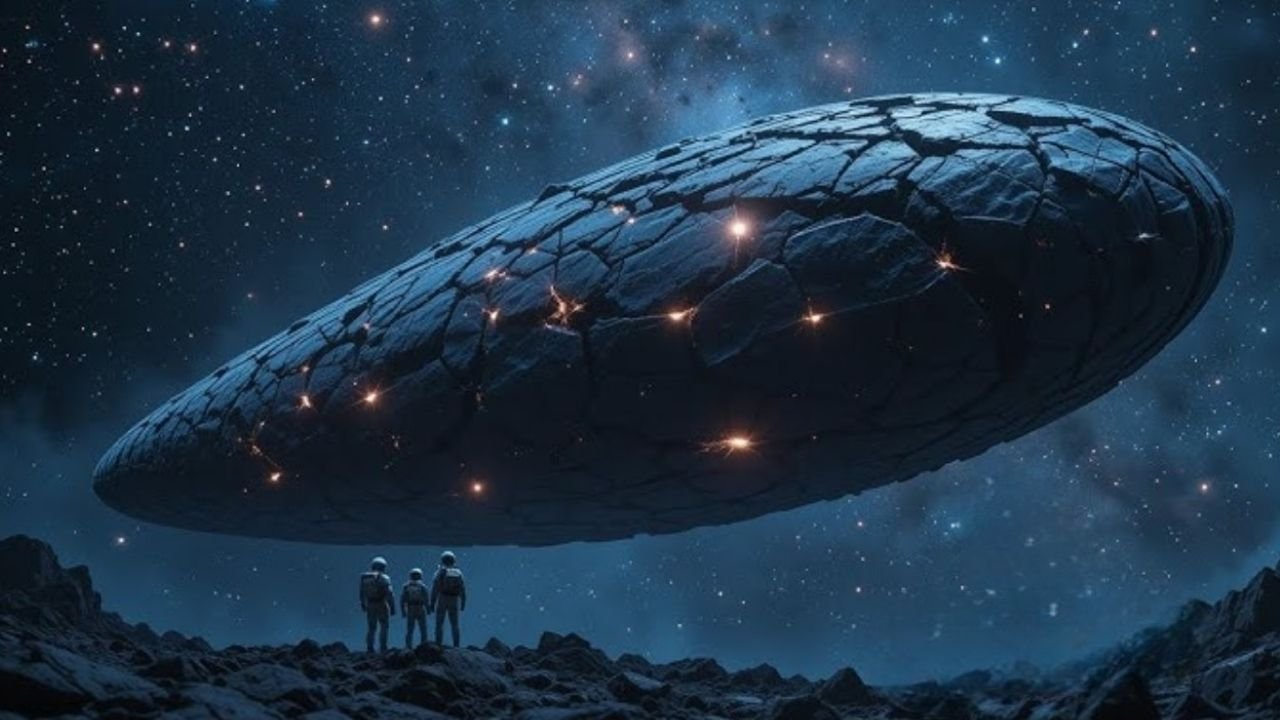A newly observed interstellar object, officially distinctive 3I/ATLAS, has captured the eye of astronomers and the general public alike, sending waves of excitement through NASA and the worldwide area technological know-how network. This celestial visitor, travelling from beyond our solar machine, marks best the third showed interstellar object ever located — following the well-known ‘Oumuamua (1I/2017 U1) and Comet Borisov (2I/Borisov).
Its discovery gives scientists an extraordinary opportunity to study material that originated in another star system, presenting essential clues approximately the formation and composition of planetary structures beyond our very own.
Discovery of 3I/ATLAS: A Cosmic Surprise
The object become first detected by using the Asteroid Terrestrial-impact Last Alert System (ATLAS) observatory network in Hawaii in past due 2025. Initial tracking records indicated that it become shifting at an unusually excessive pace and following a hyperbolic trajectory, meaning it is not gravitationally bound to the Sun.
According to NASA’s Jet Propulsion Laboratory (JPL), 3I/ATLAS entered the solar device from the path of the constellation Lynx, visiting at an envisioned velocity of 33 kilometers per second (round 74 ,000 mph).
The trajectory records confirms that 3I/ATLAS originated outdoor the solar machine, making it only the third interstellar traveler ever detected — a huge occasion in current astronomy.
What Makes 3I/ATLAS So Unique?
Unlike typically comets or asteroids determined inside our solar gadget, interstellar objects like 3I/ATLAS offer scientists with uncharted scientific fee. They carry material that predates the Sun and planets, doubtlessly revealing how other star systems formed billions of years in the past.
Early observations endorse that 3I/ATLAS famous traits of each a comet and an asteroid. It suggests faint outgassing activity (a signature of risky materials sublimating in sunlight) but also has a rocky floor composition.
Spectral analysis from the James Webb Space Telescope (JWST) and Hubble Space Telescope (HST) has revealed that the object’s surface contains complex carbon compounds and silicate materials not typically found in solar system bodies. This composition hints that 3I/ATLAS could have formed in a cold, distant region of another star system — possibly one rich in organic molecules.
NASA’s Response and Research Plans
NASA scientists have moved quickly to coordinate global observations through its Planetary Defense Coordination Office and Near-Earth Object Observation Program. The agency has labeled 3I/ATLAS as a “priority study target”, meaning multiple ground- and space-based telescopes will track it as it passes through the solar system.
Although the object is not on a collision course with Earth, its passage offers an unparalleled research opportunity. NASA has even considered the possibility of launching a rapid-response probe mission to study it up close, though experts admit the time frame is extremely limited due to its high velocity.
“Each interstellar visitor gives us a window into a completely different cosmic neighborhood. With 3I/ATLAS, we’re witnessing a fragment of another solar system’s history passing right through ours.”
Trajectory and Timeline
3I/ATLAS is currently making its closest approach to the Sun — known as perihelion — at a distance of approximately 1.2 astronomical units (AU). It is expected to pass near Earth’s orbit in November 2025, offering a clear observation window for high-powered telescopes across both hemispheres.
After that, it will head back into interstellar space, never to return again. Astronomers predict that its visibility will last until early 2026, after which it will fade beyond the range of most telescopic instruments.
Why Interstellar Objects Matter
The discovery of 3I/ATLAS underscores a growing scientific interest in interstellar archaeology — the study of materials that have drifted between star systems.
Each object like this offers insights into:
- The chemical diversity of planetary systems.
- The processes of planet formation outside our solar system.
- The possibility of organic compounds forming elsewhere in the galaxy.
Moreover, such discoveries support the growing theory that interstellar objects regularly pass through our solar system — though most are too small or faint to detect.
Public Reaction and Global Collaboration
The announcement of 3I/ATLAS has ignited excitement among astronomers, space enthusiasts, and researchers worldwide. Social media platforms are buzzing with discussions, and amateur astronomers are already attempting to capture images of the faint visitor.
International observatories in Chile, Japan, and Europe have joined NASA in tracking 3I/ATLAS, pooling their statistics to build a complete profile of its path, composition, and rotation.
“3I/ATLAS isn’t just another object. It’s a messenger — carrying chemical secrets from another solar system that could reshape our understanding of how worlds are born.”
Conclusion
The discovery of 3I/ATLAS has once more reminded humanity of the widespread, dynamic nature of our galaxy. As simplest the third showed interstellar object ever recorded, it serves as a cosmic time tablet — a piece of every other star system travelling through ours.
For NASA and the global space science community, 3I/ATLAS represents no longer only a scientific opportunity but a philosophical one: a reminder that our solar system is a part of a much larger, interconnected galactic atmosphere.
While this interstellar traveler will quickly fade again into the darkness of area, its quick visit will go away an enduring legacy — inspiring new questions on lifestyles, origins, and the endless wonders that glide the various stars.

